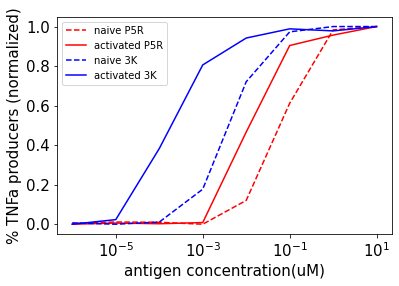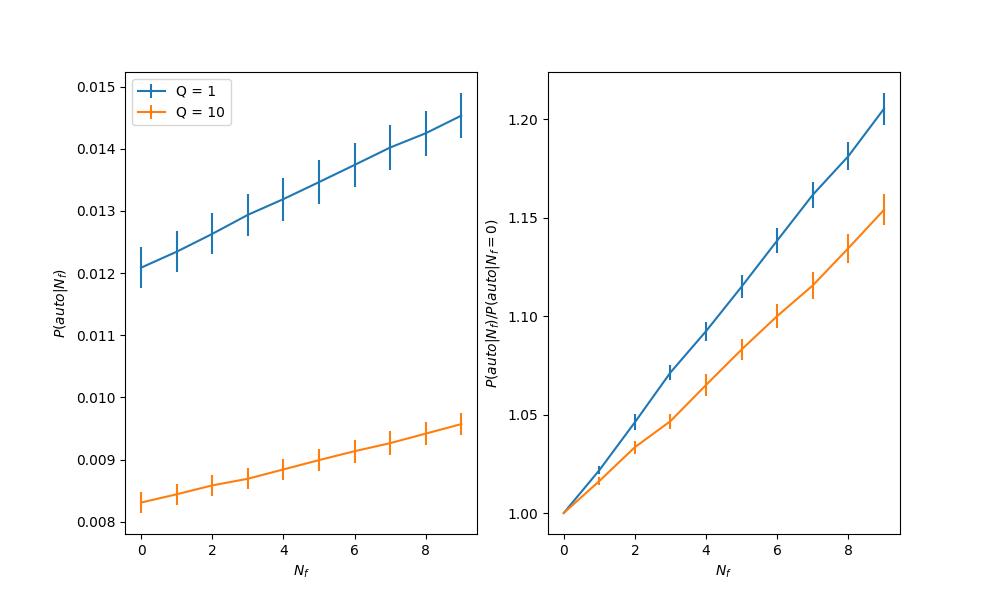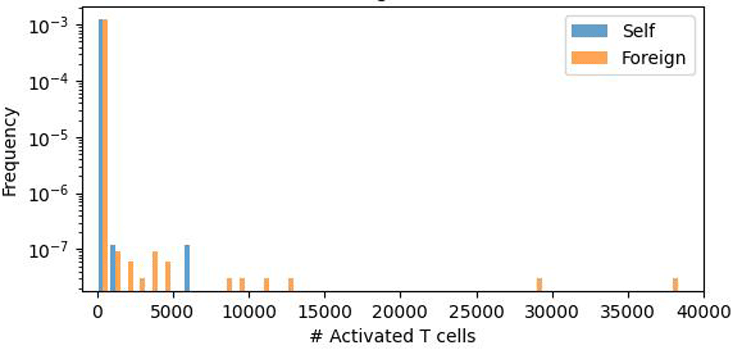Quorum sensing
![]() Central tolerance and Peripheral tolerance
Central tolerance and Peripheral tolerance
![]() Having survived negative selection against M self-peptides, the chance of activation against a random peptide is small,
Having survived negative selection against M self-peptides, the chance of activation against a random peptide is small,

![]() A large repertoire to T cells is thus needed to detect a pathogen peptide
A large repertoire to T cells is thus needed to detect a pathogen peptide
Estimates of number of distinct T cells vary, we used an estimate T~40,000 for a particular tissue
![]() Since thymic selection is stochastic, a given TCR cannot be exposed to the entire self-peptide repertoire,
Since thymic selection is stochastic, a given TCR cannot be exposed to the entire self-peptide repertoire,
Assume that a fraction M/P of all possible self-peptides P are encountered in the thymus;
The resulting in a self-activation probability is reduced to

Given the large number of T cells in a tissue, the chance of self-reactivity is large!
![]() T.C. Butler, MK, & A.K. Chakraborty, PNAS 110, 11835 (2013)
T.C. Butler, MK, & A.K. Chakraborty, PNAS 110, 11835 (2013)
proposed that immune response requires collective decision of Q T cells:
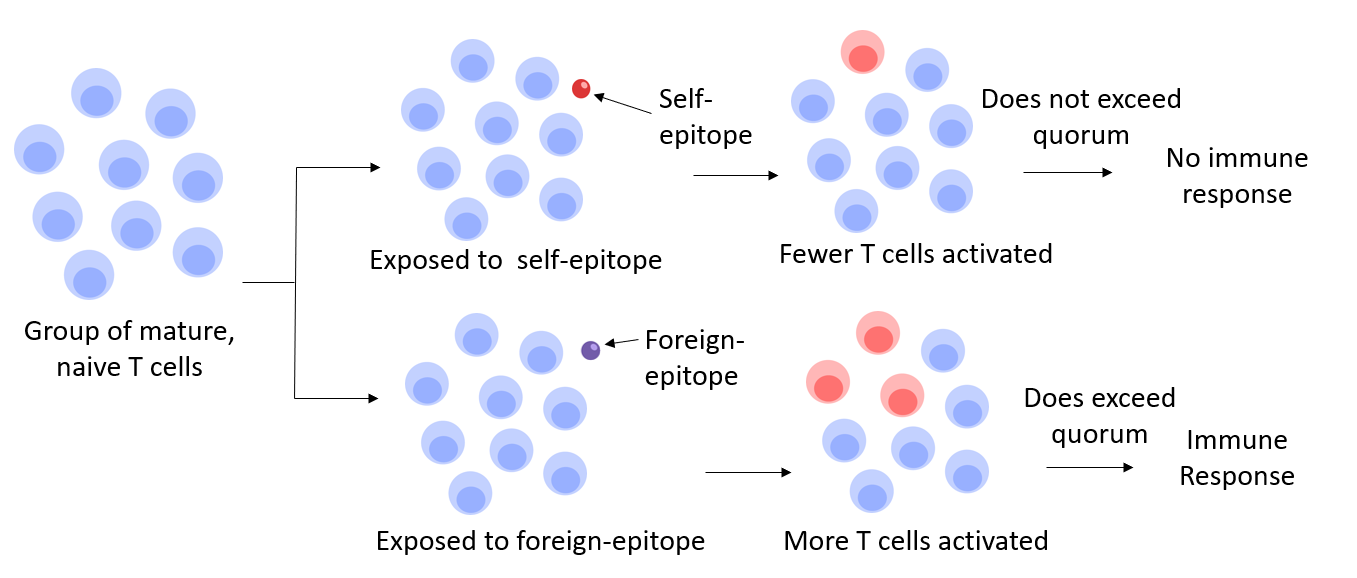
_!.jpeg)
![]() Subsequent validation: M. Polonsky et al, Science 360, eaaj1853 (2018) (offline)
Subsequent validation: M. Polonsky et al, Science 360, eaaj1853 (2018) (offline)
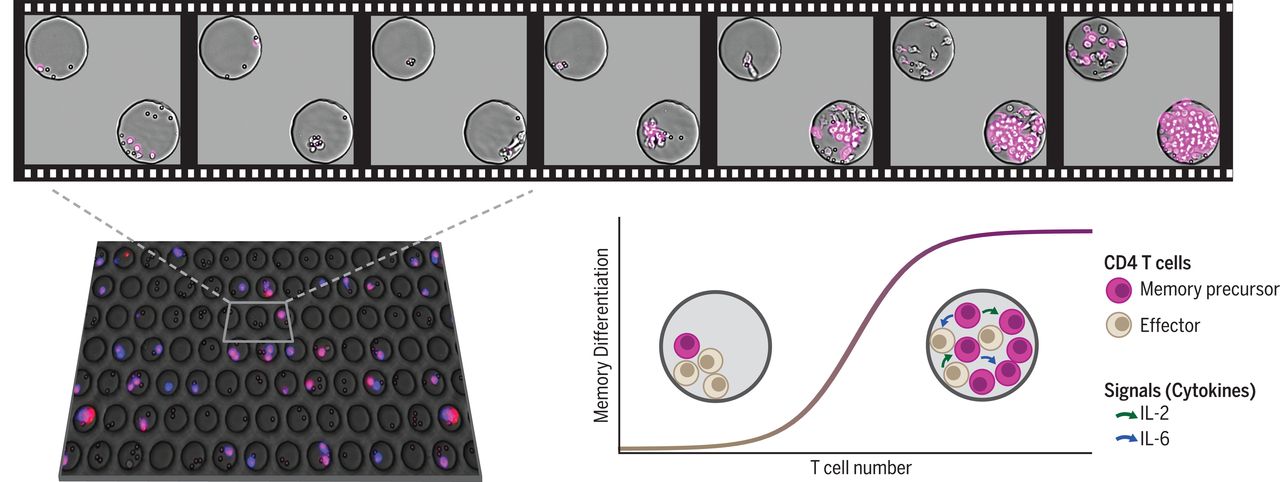
Also: F. Camaglia, ..., T. Mora, A. Walczak, N. Friedman, eLife 2023;12:e81622 (2023) (offline)
![]() Onset of autoimmune diseases are correlated to persistent/severe viral infections:
Onset of autoimmune diseases are correlated to persistent/severe viral infections:
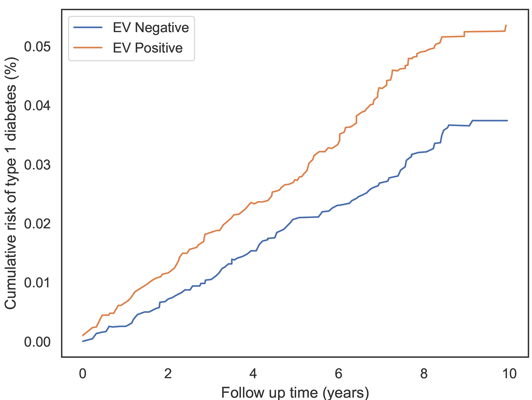
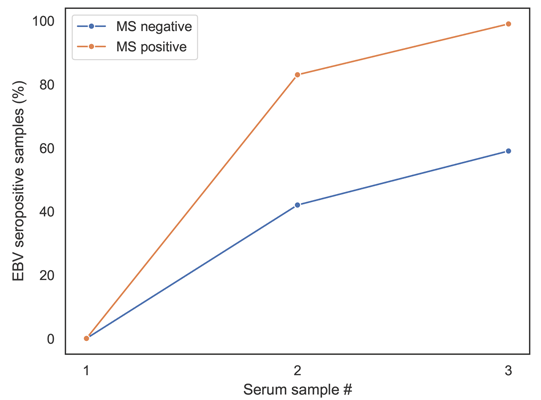
Rose Yin, Samuel Melton, Eric Huseby, M.K. & Arup K Chakraborty, bioRxiv (2023) (offline)
modified the quorum model to explore this connection:

A key step in (2. ... lower activation threshold) is justified by experiments:
Probability for onset of autoimmunity increases with the number of foreign peptides presented:
The probability is dominated by encounters with rare (hydrophobic) peptides that activate many T cells
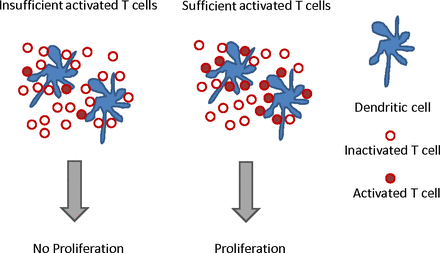
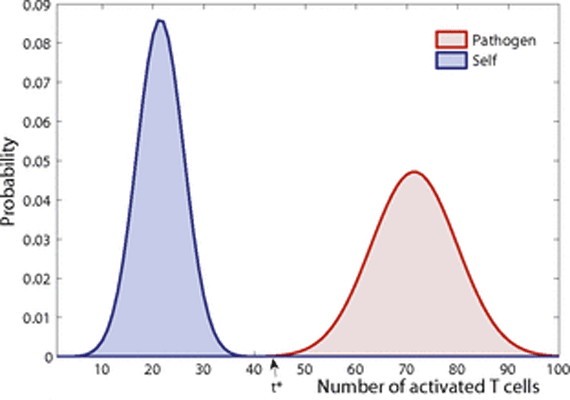
![]()
